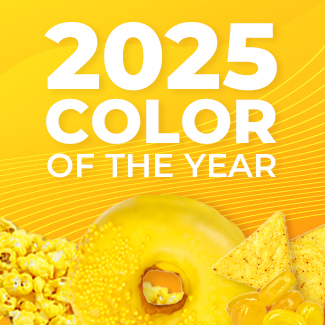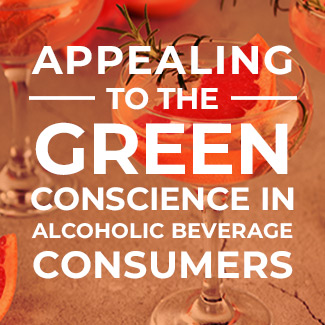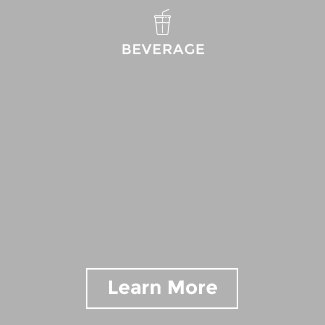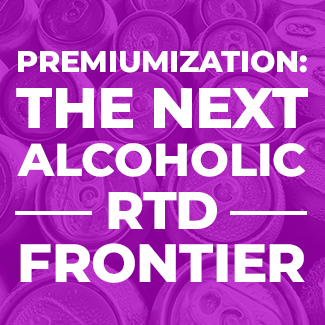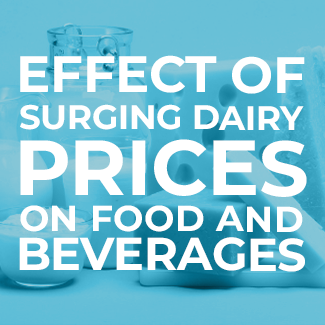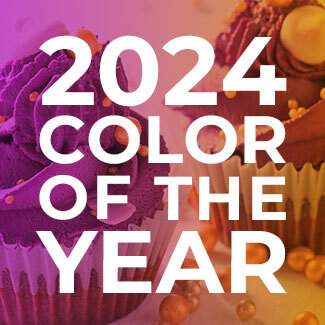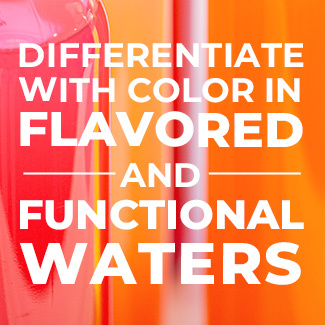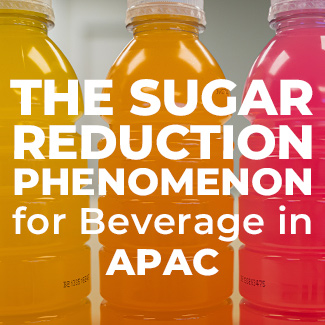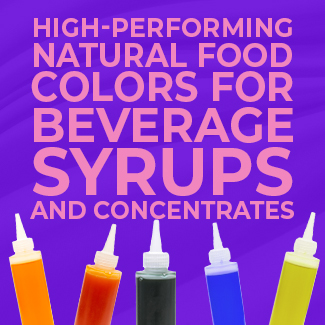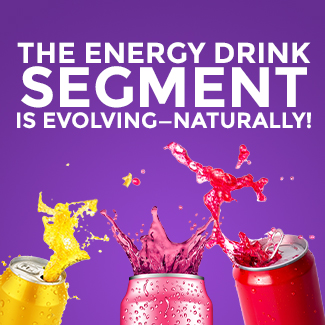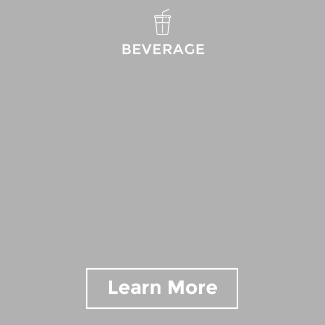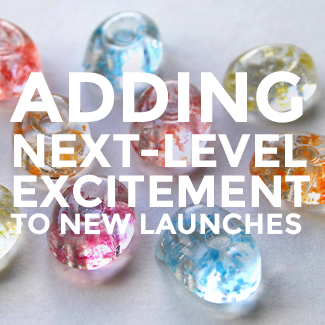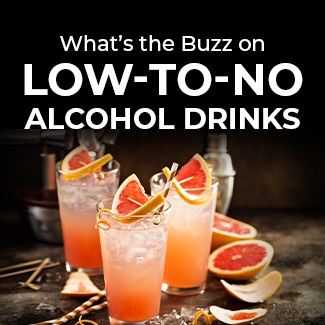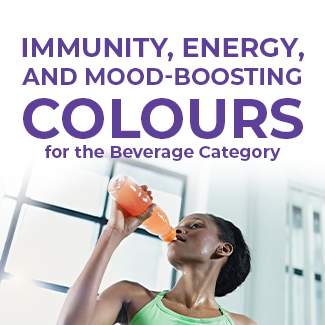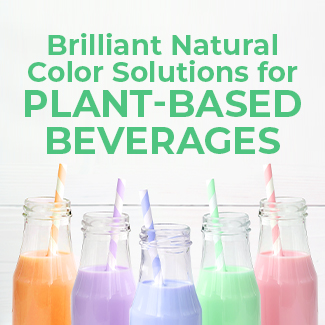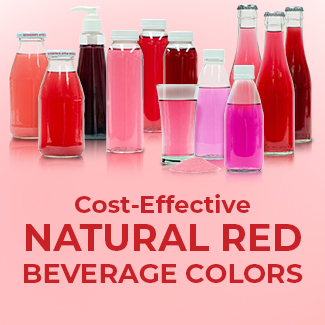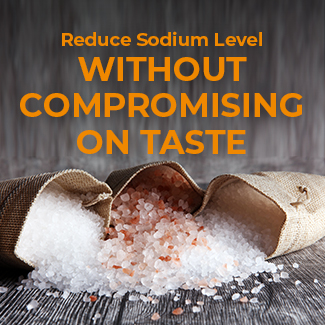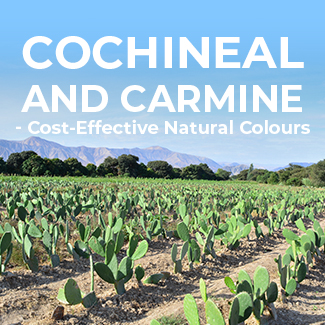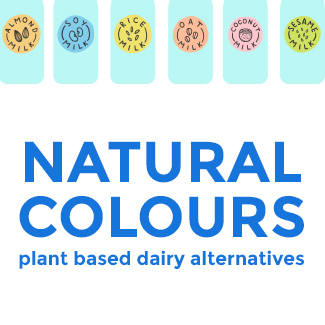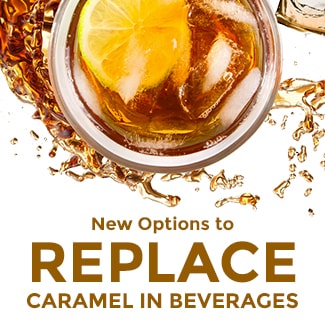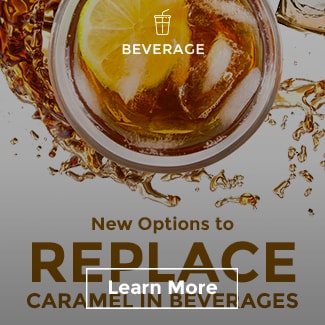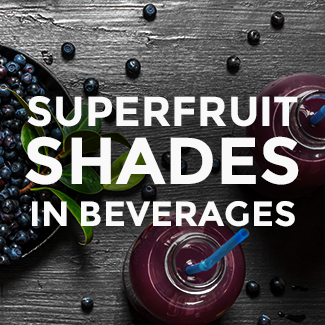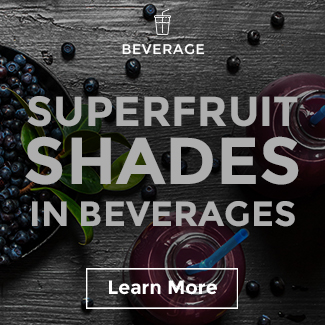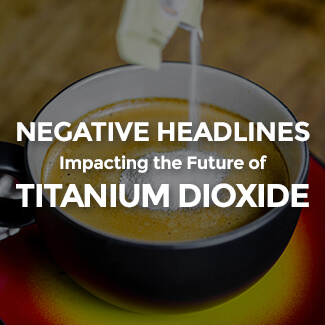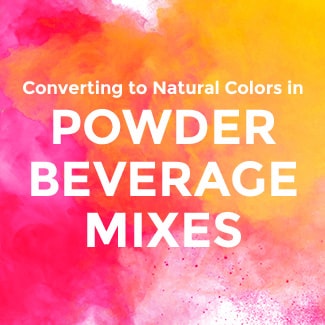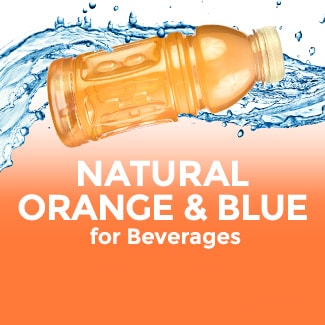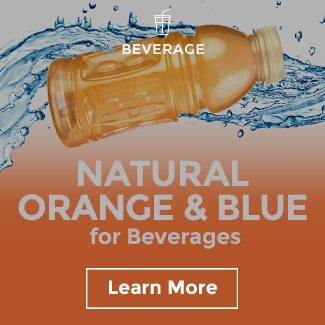The Growing and Changing Sports Beverage Market
Today’s consumers are looking for convenient ways to pursue a healthy lifestyle, often wanting more out of their everyday drink offerings. Innovation in sports drinks has been spurred by this consumer mentality of “what can this beverage do for me?” In turn, brands have responded by adding nutritional value like electrolytes, minerals, and pre-biotics to their replenishing or rehydrating beverages. While most performance drinks on the market today use artificial ingredients, there are a number of emerging players who are using natural ingredients to differentiate themselves.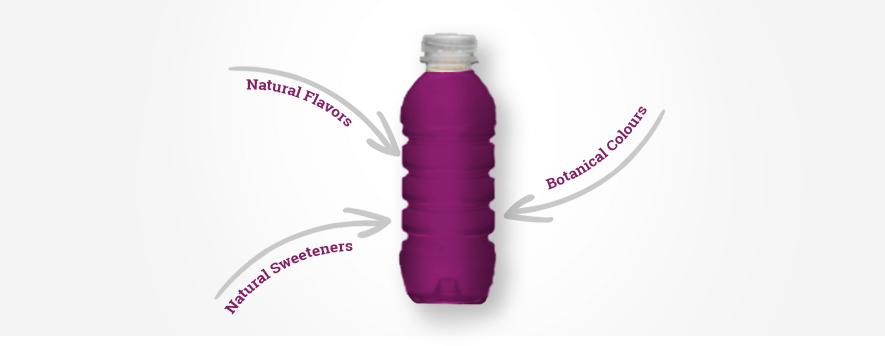 A year ago I wrote about natural orange and blue colours for beverages, but even in this short time frame and given the new trend of value-added ingredients like electrolytes and minerals, beverage formulations have become more complicated than ever before. I thought it would be best to revisit this topic and factor in these added nutritionals.
Replenish with Colours from the Rainbow—Naturally!
Natural colour stability in electrolyte or mineral beverages primarily depends on the following factors:
A year ago I wrote about natural orange and blue colours for beverages, but even in this short time frame and given the new trend of value-added ingredients like electrolytes and minerals, beverage formulations have become more complicated than ever before. I thought it would be best to revisit this topic and factor in these added nutritionals.
Replenish with Colours from the Rainbow—Naturally!
Natural colour stability in electrolyte or mineral beverages primarily depends on the following factors:
 Formulations can become tricky, especially when multiple ingredients can impact your beverage system in conflicting ways. But there’s good news—achieving bright shades from botanical sources is possible. While colour from fruit and vegetable juices will depend on the product environment, advances in technology and extraction have allowed us to develop stable solutions fit for any beverage system.
Let’s take a look at shade options through the rainbow.
Formulations can become tricky, especially when multiple ingredients can impact your beverage system in conflicting ways. But there’s good news—achieving bright shades from botanical sources is possible. While colour from fruit and vegetable juices will depend on the product environment, advances in technology and extraction have allowed us to develop stable solutions fit for any beverage system.
Let’s take a look at shade options through the rainbow.
REDS
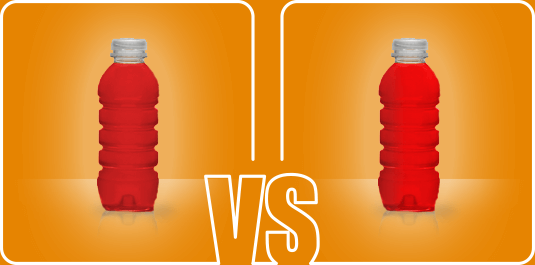
RED 40
Red Anthocyanin Vegetable Juices
Red Anthocyanin Vegetable Juices + Beta-Carotene
Carmine + Beta-Carotene
Tomato-based Colours + Beta-Carotene
Natural Formulation Tips
Some anthocyanin-based reds are challenging in pH environments above 4.0, especially with the presence of ascorbic acid.
ORANGES

YELLOW 6
Paprika-based colours like Pure-S™ Orange
Red Anthocyanin Vegetable Juices + Yellow Beta-Carotene
Red Anthocyanin Fruit Juice + Yellow Beta-Carotene
Natural Formulation Tips
Oil-soluble colours, like beta-carotenes, without specialized emulsion prefer oil over water, so the colour tends to group at the surface of beverages, resulting in a ringing effect on the plastic bottle, cap, and even equipment tubes.
Some plant-based colour sources like Paprika perform best with purification technologies that mitigate strong, inherited flavour off-notes.
YELLOWS

YELLOW 5
Encapsulated beta-carotenes like our Advanced Emulsion Technology (AET) Beta-Carotene
Turmeric dependent on packaging
Natural Formulation Tips
Just like orange beta-carotenes, yellow shades from this sil-soluble source, without specialized emulsion prefer oil over water, so the colour tends to group at the surface of beverages resulting in a ringing effect on the plastic bottle, cap and even equipment tubes.
Yellow shades from Turmeric are bright and vivid; however, this colour is light sensitive and will precipitate over time. It’s a great yellow option for drinks without clear packaging though.
BLUES

BLUE 1 & BLUE 2
Spirulina (Only for powder drink mixes)
pH stable vegetable juices like Sensient’s Natural Blue
Natural Formulation Tips
Generally an uncommon colour found in the produce section, a Blue 1 replacement from botanical sources for high water activity applications is the only shade that is truly still missing from the industry.
Spirulina is a great natural alternative to Blue 1 from a shade standpoint but only in a powdered beverage mix. It’s not stable in RTD drinks below pH 4.0 and doesn’t survive the pasteurization process or high water activity.
Some ions and metals from hard water can impact natural blues shades, so filtered water is recommended.
GREENS

GREEN 3 OR
BLUE 1 +
YELLOW 5
Natural Formulation Tips
Natural Greens are formulated by combining blues and yellows, so any factors impacting blues and yellows affect natural greens.
PURPLES

BLUE 1 +
RED 40
pH stable blue vegetable juice + Red Anthocyanins
Sensient’s Natural Blue in pH below 3.6
Fruit Juice Anthocyanins
Natural Formulation Tips
Most anthocyanins in these pH environments exhibit burgundy shades, rather than true purples.
The cleanest purples are achieved by a blend of natural blues and reds.

Colour doesn’t mean artificial anymore.
In a category where colour is certainly prominent, there is great opportunity to cater to consumer requests for cleaner ingredients through natural colour conversion. When today’s ingredient-conscious consumers are increasingly seeking naturally positioned options, there is a tremendous growth opportunity available.
As you know from my blogs, I really enjoy teaching others about natural colour, so if you have any questions or projects where you may need assistance, please don’t hesitate to reach out.


